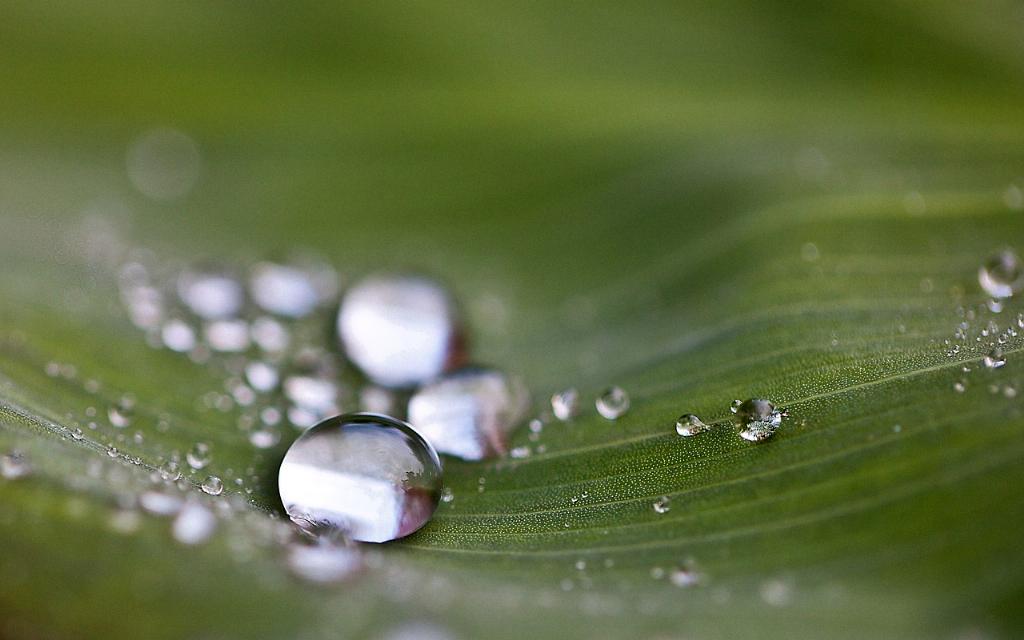Deadheading canna lilies is a vital task that can significantly impact the health and appearance of your plants. By removing spent flowers, you not only tidy up the plant but also encourage new growth and prolonged blooming. It is a simple yet effective way to ensure your canna lilies continue to thrive throughout the growing season.
When to Deadhead Canna Lilies
Knowing when to deadhead your canna lilies is crucial to maximizing the benefits of this practice. As soon as a flower fades and starts to wither, it is time to deadhead. Regular deadheading throughout the blooming period ensures that the plant expends its energy on producing new blooms rather than setting seeds.
How to Deadhead Canna Lilies
To deadhead a canna lily, simply pinch off the spent flower just below the base where it meets the stem. It is essential to remove the entire flower head to prevent the plant from using energy to produce seeds. Deadheading can be done by hand or with the help of pruners or scissors, depending on personal preference.
The Benefits of Deadheading
Deadheading not only promotes continued blooming but also improves the overall appearance of the plant. By removing faded flowers, you create a neater and more aesthetically pleasing garden space. Additionally, deadheading can prevent self-seeding, which may lead to overcrowding in the garden.
Preventing Pests and Diseases
Regular deadheading canna lilies can also help prevent the spread of pests and diseases. Removing decaying flowers eliminates potential breeding grounds for insects and pathogens, reducing the risk of infestations and infections that can harm your plants.
Encouraging Healthy Growth
Pruning your canna lilies at the end of the season is another essential task that promotes healthy growth in the following year. By cutting back the foliage after the first frost, you remove dead or damaged plant material and encourage the plant to redirect its energy to root development, preparing it for the upcoming growing season.
Preparing for Winter
As winter approaches, it is crucial to properly prepare your canna lilies for the dormant period. After pruning, consider mulching around the base of the plant to protect the roots from freezing temperatures. This extra layer of insulation can help your canna lilies survive the winter and emerge stronger in spring.
Providing Adequate Care
While deadheading and pruning are essential tasks for maintaining healthy canna lilies, providing adequate care throughout the growing season is equally important. Ensure your plants receive sufficient sunlight, water, and nutrients to support robust growth and abundant flowering.
Monitoring Plant Health
Regularly monitor your canna lilies for signs of stress, disease, or nutrient deficiencies. Promptly address any issues that arise to prevent them from escalating and affecting the overall health and vigor of your plants. By staying vigilant, you can ensure your canna lilies remain vibrant and resilient.
Embracing Gardening as a Hobby
Engaging in tasks like deadheading and pruning canna lilies not only benefits your plants but also offers a therapeutic and rewarding experience for gardeners. Spending time in the garden, tending to your plants, and witnessing their growth and beauty can be a source of joy and satisfaction.
Conclusion
In conclusion, deadheading canna lilies is a valuable practice that supports plant health, promotes continued blooming, and enhances the visual appeal of your garden. By incorporating deadheading and pruning into your gardening routine, you can enjoy vibrant and thriving canna lilies throughout the growing season and beyond.

